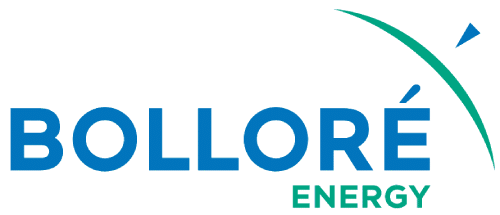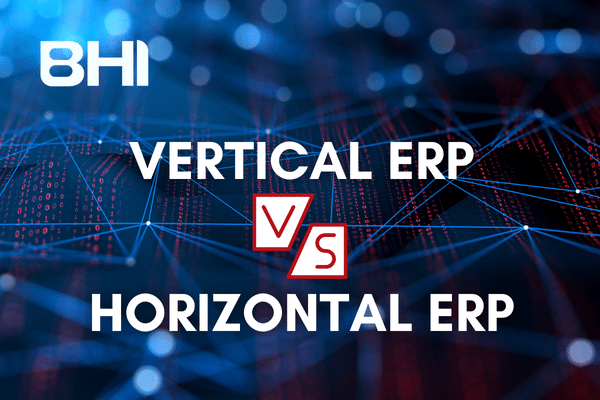In the ever-changing landscape of enterprise resource planning (ERP), JD Edwards has established itself as a robust solution for companies looking to streamline their operations. However, maintaining and optimizing such a complex system can prove challenging. That’s where third-party maintenance and application services (TMA) come in. We’re going to delve into the intricacies of JD Edwards TMA, exploring its benefits, implementation strategies and best practices for maximizing its potential.
What is JD Edwards TMA ?
JD Edwards Third Party Maintenance and Application (TMA) is the outsourcing of maintenance and support services for JD Edwards ERP systems. These services are provided by specialized suppliers with in-depth knowledge and expertise in managing JD Edwards environments. TMA services encompass a wide range of activities, including system monitoring, troubleshooting, upgrades and customizations.
Key benefits of TMA within JD Edwards
-
Profitability
Outsourcing maintenance and support to a third-party supplier can significantly reduce operational costs. Companies can avoid the expense of hiring and training in-house IT staff.
-
Expertise and experience
TMA providers bring a wealth of experience and expertise. They have in-depth knowledge of JD Edwards systems and can resolve problems quickly, keeping downtime to a minimum.
-
Scalability
TMA services can be scaled up or down according to the organization’s needs. This flexibility enables companies to adapt to changing needs without having to manage additional resources.
-
Focus on core competencies
By outsourcing maintenance tasks, companies can focus on their core competencies and strategic initiatives, fostering growth and innovation.
Implementing TMA in JD Edwards
Step 1: Assess your needs
Before you embark on implementing TMA within JD Edwards, it’s essential to assess your organization’s specific needs. This involves assessing the current state of your JD Edwards system, identifying pain points and defining clear objectives for TMA services.
Step 2: Select the right TMA provider
Choosing the right TMA service provider is a crucial decision that can impact the success of your JD Edwards system. Look for suppliers with a proven track record, extensive experience and in-depth knowledge of JD Edwards environments. Consider factors such as response times, service level agreements (SLAs) and customer feedback.
Step 3: Define service level agreements (SLAs)
Service Level Agreements (SLAs) are essential for setting clear expectations and ensuring accountability. Work closely with your TMA provider to define SLAs that match your business objectives. Key parameters to consider are response times, resolution times and system uptime.
Step 4: Transition and knowledge transfer
A smooth transition is crucial to the successful implementation of JD Edwards TMA. Ensure that a comprehensive knowledge transfer process is in place. This involves transferring critical information, documentation and best practices from your in-house team to the TMA provider.
Step 5: Continuous monitoring and improvement
Once TMA services are in place, it’s essential to ensure continuous monitoring and improvement.
Best practices for TMA in JD Edwards
-
Regular system audits
Regular system audits are essential to identify potential problems and ensure that your JD Edwards system is running at peak performance. Audits can help uncover performance difficulties, security vulnerabilities and areas for improvement.
-
Proactive monitoring
Implementing proactive monitoring tools can help detect problems before they have an impact on business operations. These tools can provide real-time information on system performance, enabling timely intervention and problem resolution.
-
Customization and optimization
Leverage the expertise of your TMA provider to customize and optimize your JD Edwards system. Adapt the system to your specific needs and enhance its functionality to increase efficiency and productivity.
-
Training and knowledge sharing
Invest in training and knowledge-sharing initiatives to strengthen your in-house team. This ensures that they are well equipped to collaborate effectively with the TMA provider, and can handle basic maintenance tasks independently.
-
Keep abreast of updates
JD Edwards regularly releases updates and new features. Stay tuned for these updates to benefit from the latest enhancements and security patches. Your TMA provider can help you plan and execute these updates seamlessly.
Conclusion
Optimizing your JD Edwards system through third-party maintenance and application services (TMA) is a complex but essential step for companies wishing to streamline operations and reduce costs. JD Edwards offers comprehensive solutions to facilitate this transition, integrating advanced functionality and guaranteeing system efficiency. By following a structured approach and leveraging the expertise of TMA providers, your company can not only maintain and optimize its JD Edwards environment, but also improve its overall operational and financial processes.
At BHI Consulting, we’re here to support you every step of the way. Contact us for personalized advice and to find out how we can help you implement JD Edwards TMA in your organization, ensuring optimum performance and continuous improvement.

















